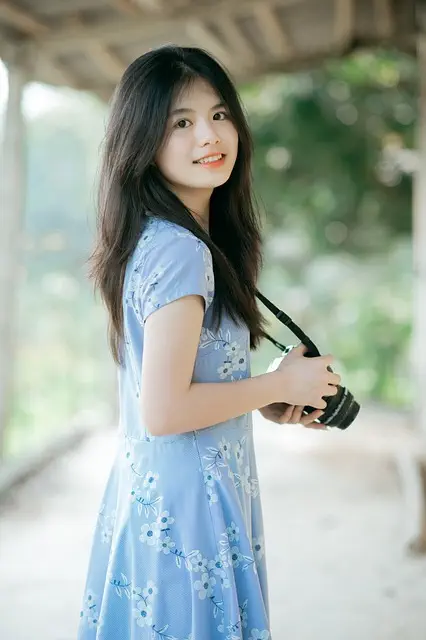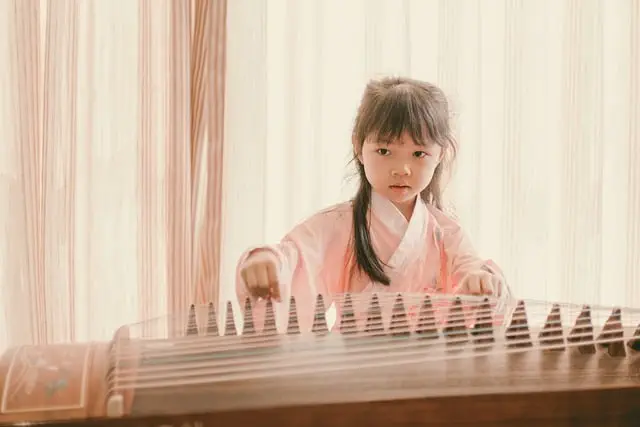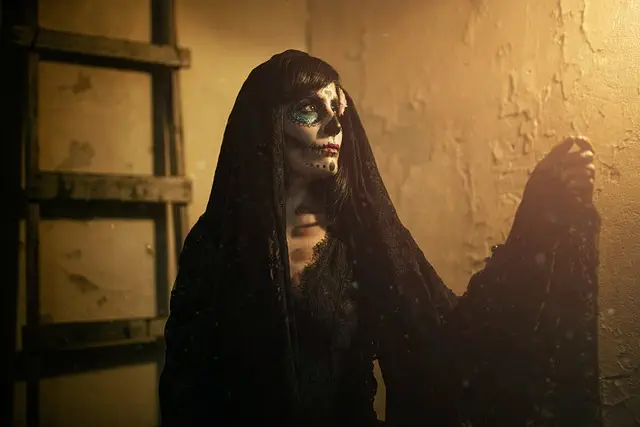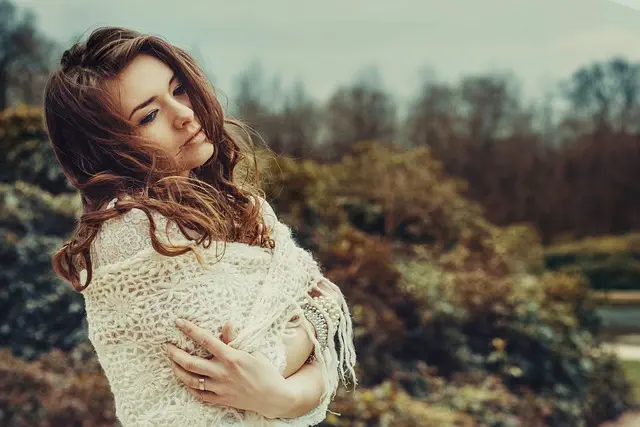The evolution of girls' costumes reflects societal changes, from historical luxury to modern diversity. Once mirroring upper-class attire, they became more accessible and practical with industrialization. Today, girls' costumes vary widely, including traditional festival wear and gender-neutral ensembles. These cultural expressions convey symbolism, heritage, and identity, preserving community values and narratives. Exploring global girls' costume customs showcases diverse traditions, fosters understanding, and promotes inclusivity.
Uncover the captivating world of girls’ costumes, where threads tell stories across generations. From ancient rituals to modern celebrations, these attire traditions reflect cultural diversity and historical narratives. Explore the evolution of girls’ costume customs, uncover hidden symbolism, and celebrate the global impact they have on identity formation. Delve into this vibrant tapestry to understand how girls’ costumes have become a powerful medium for self-expression and cultural preservation.
- The Evolution of Girls' Costume Traditions: A Journey Through History
- Symbolism and Significance: Unraveling the Cultural Meanings Behind Girls' Costumes
- Embracing Diversity: Exploring Global Girls' Costume Customs and Their Impact
The Evolution of Girls' Costume Traditions: A Journey Through History
The evolution of girls’ costume traditions is a captivating journey through history, reflecting societal changes and cultural values. Historically, girls’ costumes have often been influenced by the fashion trends of their respective eras, with each period introducing unique styles that have left an indelible mark on the way we perceive gender-specific attire. From the intricate designs of ancient civilizations to the more modern, functional outfits of today, these costumes tell stories of tradition, rebellion, and societal norms.
In bygone days, girls’ costumes were often inspired by the upper classes, showcasing luxurious fabrics and elaborate embroidery. As time progressed, the Industrial Revolution brought about changes in production techniques, making costumes more accessible to a wider range of people. This period also saw a shift towards practicality, with everyday attire becoming more comfortable and less restrictive. Today, girls’ costumes are diverse, ranging from traditional dress-ups for festivals and celebrations to modern, creative ensembles that challenge gender stereotypes, reflecting the dynamic nature of fashion and society’s evolving perception of gender roles.
Symbolism and Significance: Unraveling the Cultural Meanings Behind Girls' Costumes
Cultural costumes, especially those worn by girls, are more than just attire; they are a canvas for symbolism and cultural heritage. Each stitch, color, and accessory carries profound significance, reflecting the values, beliefs, and history of a community. Girls’ costumes often depict stories passed down through generations, serving as a visual narrative that connects communities to their roots.
For instance, vibrant colors in girls’ attire might symbolize joy, vitality, and prosperity, while specific patterns can represent nature, spiritual beliefs, or historical events. The intricate designs on these costumes are not merely aesthetic; they often include symbolic elements that convey messages about identity, social status, and even religious devotion. Understanding the symbolism behind these costumes offers a glimpse into the rich cultural tapestry of diverse communities around the world.
Embracing Diversity: Exploring Global Girls' Costume Customs and Their Impact
Embracing Diversity is a powerful way to explore the rich tapestry of global girls’ costume customs and their impact. Each culture has unique traditions that reflect its history, beliefs, and values, making every girl’s costume a story waiting to be told. By delving into these diverse practices, we gain insights into different societies and foster a deeper understanding of our shared humanity.
The significance of girls’ costumes goes beyond mere aesthetics; they often signify coming-of-age rituals, festivals, and ceremonies. For instance, in some cultures, elaborate dresses mark a young girl’s transition to adulthood, while in others, traditional attire plays a pivotal role in community celebrations. These customs not only preserve cultural heritage but also empower girls by providing a sense of identity and belonging. Exploring global girls’ costume customs encourages us to appreciate the beauty in our differences and promotes inclusivity on a global scale.
Cultural costumes, particularly those worn by girls, are a vibrant tapestry woven with historical narratives and profound symbolism. From ancient traditions to modern expressions, the evolution of girls’ costumes reflects societal changes while preserving cultural heritage. By exploring global customs, we appreciate the diversity and significance embedded in these garments, showcasing how they empower and express identity. Understanding the rich history and diverse practices associated with girls’ costumes offers a deeper appreciation for their role in shaping cultures worldwide.





